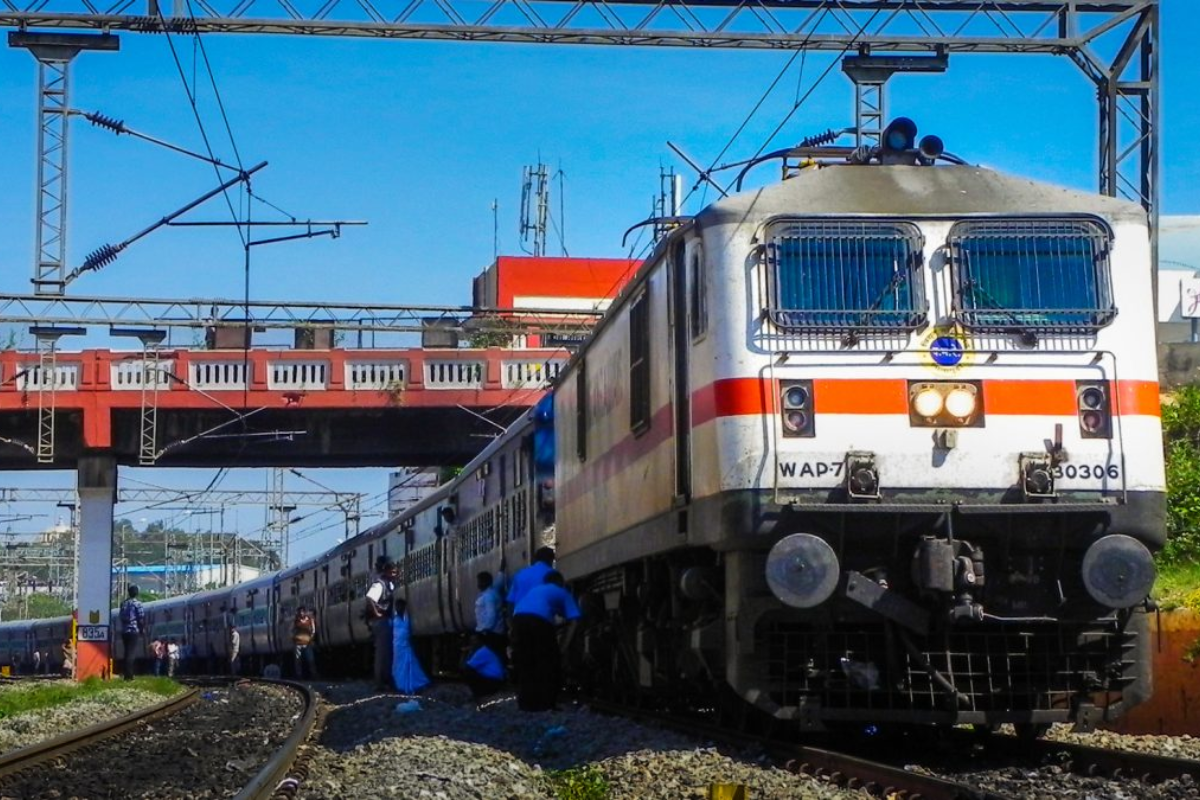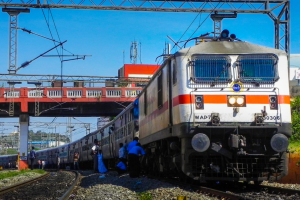Ahead of budget 2025, a clear shift in focus from roads to railways signals a recalibration of infrastructure priorities. This transition is not merely a budgetary adjustment but a strategic pivot aimed at addressing economic, logistical, and environmental challenges. For over a decade, India has poured resources into expanding its road network, achieving remarkable growth with a 60 per cent increase in the national highway system. However, the road sector now faces diminishing returns due to rising land acquisition costs, delays in project execution, and limited budget utilisation. Despite substantial allocations, inefficiencies have crept in, with less than 55 per cent of this year’s road budget spent by November.
Policymakers appear to have recognised that the current road-centric model of infrastructure development needs diversification to sustain long-term growth. Railways offer a compelling alternative. Indian Railways, the lifeline of the country’s logistics and passenger movement, is set to receive a much-needed boost in funding. The proposed 15 per cent increase in the rail budget underscores the government’s intent to modernise and expand the network. This includes the ambitious rollout of 400 high-speed Vande Bharat trains by 2027 and significant investments in rail freight corridors. A robust railway system not only decongests roads but also offers a more energy-efficient and environmentally sustainable mode of transport, critical as India marches toward its climate goals. The pivot to railways also aligns with the government’s aspirations to position India as a global manufacturing hub.
Advertisement
Efficient freight corridors are crucial for reducing logistics costs, which remain higher in India compared to other major economies. By integrating high-speed rail projects and strengthening the freight network, India can create a seamless supply chain ecosystem that supports both domestic and export-oriented industries. That said, the challenges of this transition cannot be ignored. Rail projects, like road projects, are not immune to delays stemming from land acquisition and bureaucratic hurdles. Success will require meticulous planning, streamlined execution, and a focus on transparency and accountability. Additionally, the road transport sector, which has been a vital contributor to economic growth, cannot be sidelined entirely. A balanced approach is necessary, where road and rail projects complement each other rather than compete for resources. Moreover, innovative funding mechanisms will be a key.
The road ministry’s plans to monetise toll rights and raise private investment offer a blueprint for railways to explore similar partnerships. Public-private collaboration can accelerate project timelines and optimise resource utilisation across both sectors. This shift in strategy is timely and necessary. By prioritising railways while maintaining steady growth in road infrastructure, India is laying the foundation for a more connected, efficient, and sustainable future. The upcoming budget will not only test the government’s resolve but also redefine the trajectory of India’s infrastructure development for decades to come.










